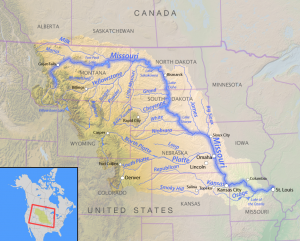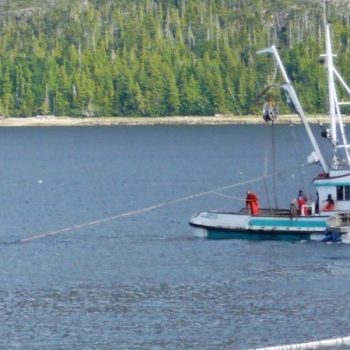
Project Description
Missouri River Recovery Plan and Adaptive Management Plan – Addressing Endangered Species; Minimizing Impacts to People
The Missouri River is the longest in North America and flows 2,341 miles through seven states. Fort Peck Dam, Oahe Dam and Garrison dam are three of six dam structures operated on the mainstem by the U.S. Army Corps of Engineers (USACE). The USACE, in cooperation with the US Fish and Wildlife Service, is developing a Missouri River Recovery Management Plan and Environmental Impact Statement. The EIS includes a management plan to mitigate the impacts of USACE’s operations on three federally listed species: the piping plover, interior least tern, and pallid sturgeon.
Since 2014, Compass has acted as Structured Decision Making coach to the USACE in the development of the Plan and with engagement with the Missouri River Recovery Implementation Committee (MRRIC), a forum comprising 28 stakeholder members representing 16 non-governmental categories (e.g., farmers, waterway industries, hydro and thermal power, outdoor recreationists, etc), plus eight states, 18 American Indian Tribes and 15 federal agencies.

Related Projects: Species at Risk, Water, Fish and Wildlife, Infrastructure, Environmental Assessment, Cumulative Effects, Transboundary Negotiations, Decision Support Tools, Structured Decision Making, Adaptive Management, Stakeholder Facilitation, Technical Working Groups, Expert Judgment
Project Details
- ClientUnited States Army Corps of Engineers


